Mezmo’s AI-powered Site Reliability Engineering (SRE) agent for Root Cause Analysis (RCA)
We are thrilled to announce the availability of Mezmo’s AI-powered Site Reliability Engineering (SRE) agent for Root Cause Analysis (RCA)—a truly transformative leap forward for engineering and operations teams included in your existing subscription at no additional charge. We are paving the way for a new era of observability, moving beyond passive, reactive monitoring to a world of proactive AI-driven observability.
This new capability allows you to pinpoint root causes, eliminate noise, and receive structured recommendations with step-by-step remediation guidance in record time. We achieve this by using existing models and providing those models the appropriate context. This means that your data is not used for any training or stored in the model in any way. And even better, the RCA is available as soon as you have indexed logs. No long onboarding processes!
If you would like to be one of the first to get access, please contact us josh.leger@mezmo.com.
Breakthrough Results Powered by Context Engineering
Our proprietary approach using context engineering ensures AI agents are fed clean, trusted, and context-rich data, solving the core problem of unreliable results that plague the prevailing approaches to AI applied to telemetry data today. This focus on context over prompt engineering delivers tangible operational and financial benefits immediately. Beta customers experienced the following results:
- MTTR Reduction: A 90% reduction in diagnosis, drastically reducing Mean Time to Resolution (MTTR) from 50 minutes down to 5 minutes (on average). Troubleshooting tasks that previously took engineers 10-30 minutes were resolved in under 5 minutes.
- First-Try Accuracy: Our approach usually delivers first-try RCA accuracy, meaning you get reliable answers immediately, requiring none of the prompt guidance needed by conventional systems.
- Cost Efficiency: A mixture of context engineering and offloading heavy processing from the LLM to our MCP results in a dramatic reduction in tokens, from ~500K to just ~27K, and tool calls. This allows us to include our AI RCA functionality in our standard pricing.
Get Started Instantly with AI RCA
The new AI RCA agent is ready to use today, empowering both humans and AI agents to deliver reliability at scale. Currently you can access it three ways with more integrations coming:
- Mezmo App: Initiate complex actions like "Analyze my logs from the last 30 minutes and determine root cause for any issues that you find" directly through the Mezmo AI Assistant on our redesigned homepage or from the button on the left nav.
- MCP Integration: Integrate the powerful capabilities of the Mezmo MCP Server (Model Context Protocol) directly into your IDE or AI assistant for seamless workflows.
- AURA (AI Universal Rigging Agent): Bring your own knowledge base, MCPs and agents. Our AURA agent framework allows you to add your own organizational specific knowledge base, as well as integrate additional tooling and agents for a complete SRE workflow. Contact josh.leger@mezmo.com to learn more.
No Training, Just Telemetry: The best part…There is no long onboarding or training required. The AI RCA agent works as soon as we have your logs! We leverage a combination of existing models and Active Telemetry, engaging with your data in real time, before it's stored, which accelerates insight and reduces friction.
Try the New Capability Now
Ready to experience faster, smarter, and more cost-effective root cause analysis? Try out the AI RCA capability today!
Our system is designed for accurate RCA with minimal fuss. To get started:
- Keep your prompts simple: Ask a direct question about an incident or a performance issue. You can also run natural-language commands such as "Analyze my logs from the last 30 minutes and determine root cause for any issues that you find".
- Use pre-programmed prompts: Use the pre-programmed prompt buttons to get started and see example prompts.
- No additional costs: This new capability is included in your current Mezmo subscription.
We recommend you start broad for root-cause analysis (e.g., analyzing logs or errors over a relative window like the last 30 minutes) and add specific filters like app, host, or service in subsequent queries only if needed.
A Note on Security and Compliance
Your data security remains a top priority. We continue to operate under our data and compliance policies (multi‑region deployment, SOC 2, HIPAA, PCI, GDPR). No customer data is used to train models or stored in them.
With this release, we’ve reorganized and rewritten our Master Services Agreement (MSA) and Data Processing Agreement (DPA) to reflect the addition of AI features. These are in effect for existing customers as of November 11, 2025. By continuing to use our service after this date and notification, you agree to the updated terms.
Key changes:
- Clarified how AI features operate within our service, including how data is used to generate output and usage reports.
- Identified new subprocessors that process data only as necessary to provide the service and AI features.
Please review the updated agreements to understand the changes. No further action is required.
This is the future of observability built with AI for both humans and agents. Join the teams already transforming their incident response, reducing costs, and moving from incident to insight in record time.
Contact josh.leger@mezmo.com to get access or book a demo here.
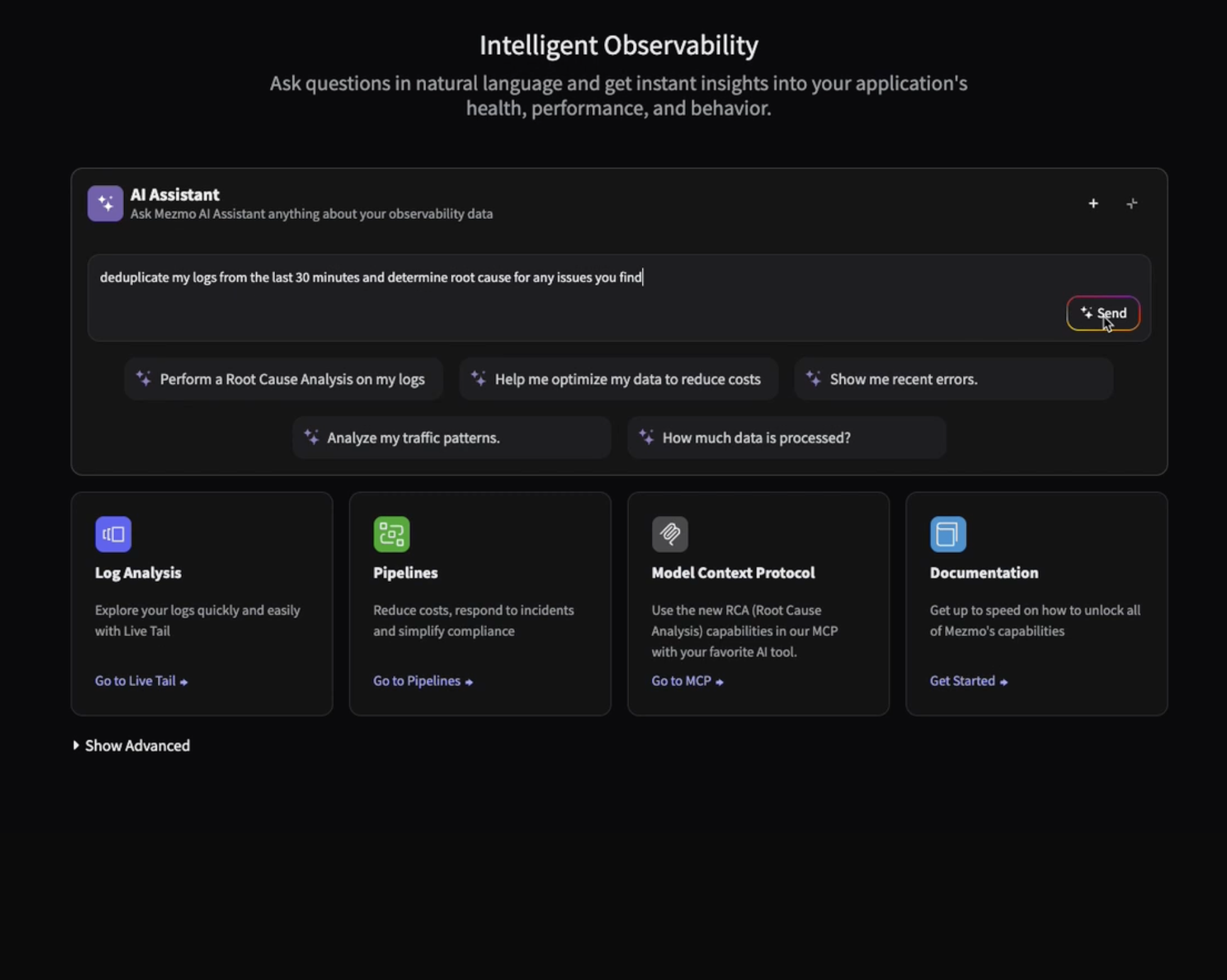
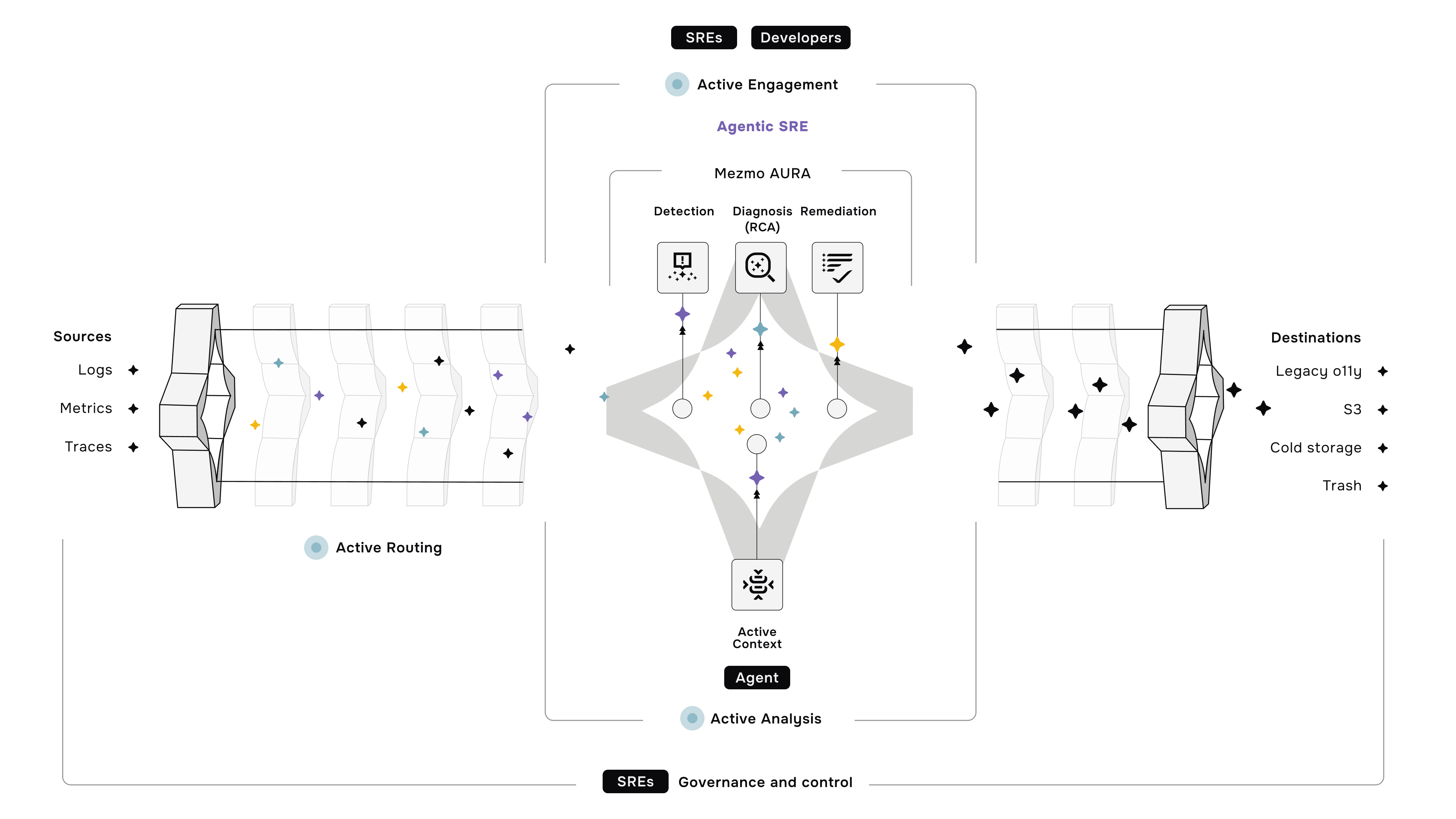

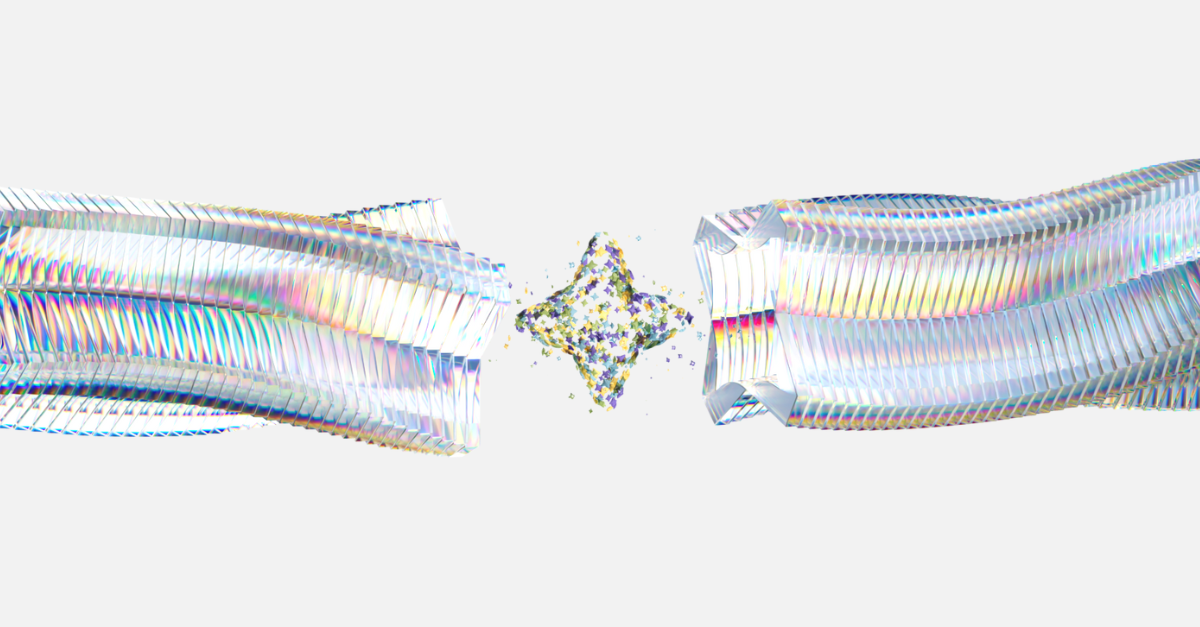




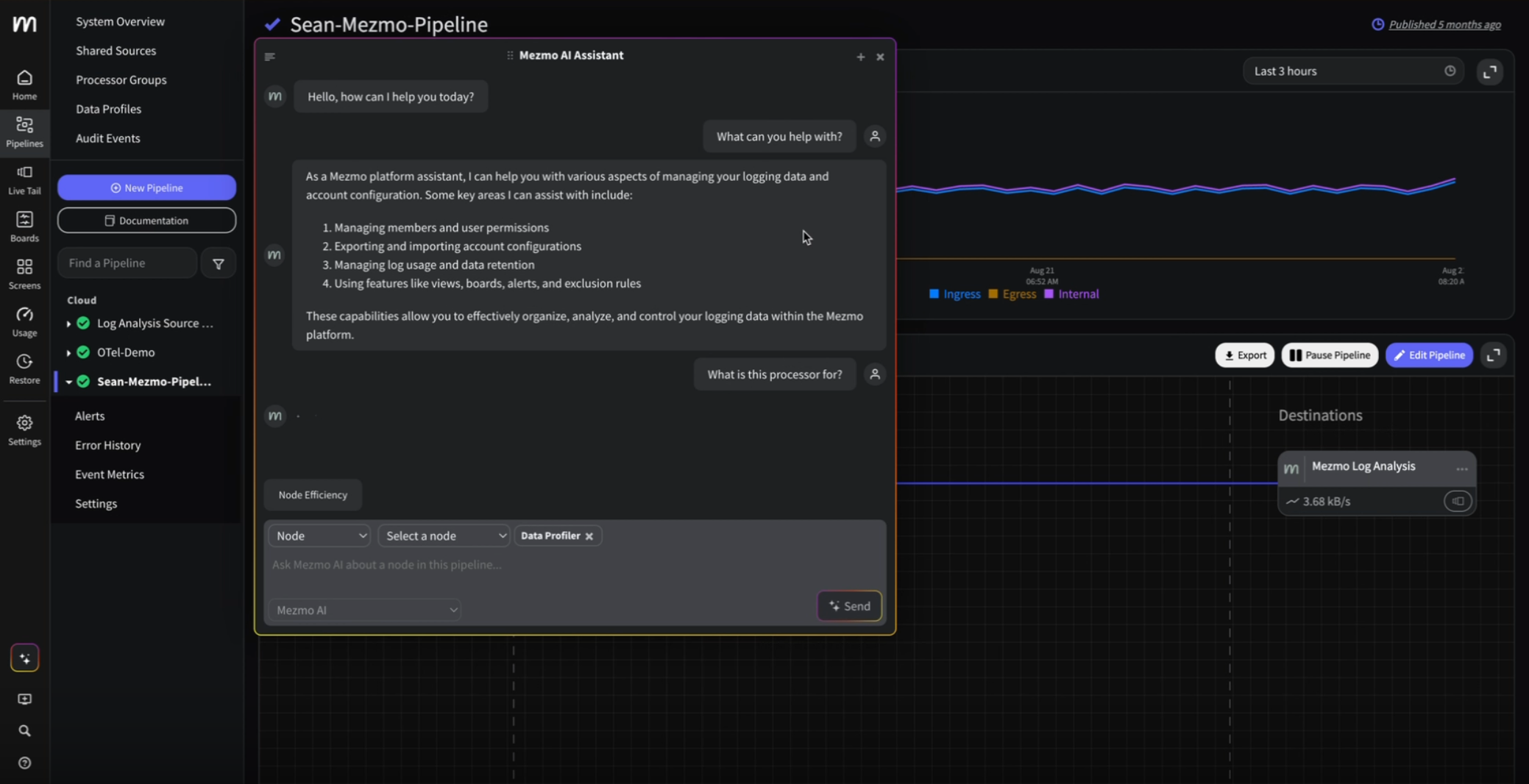
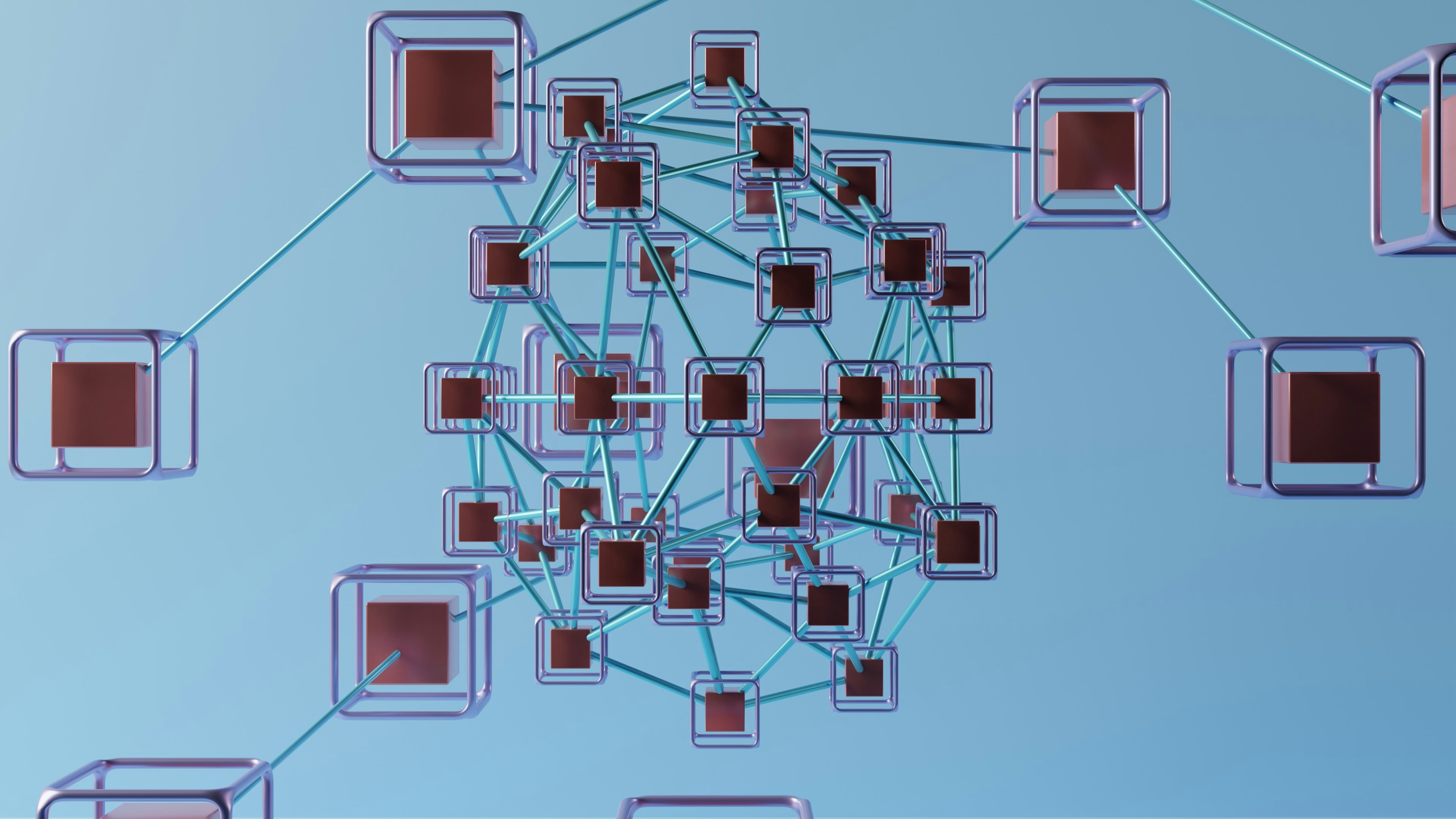

.png)




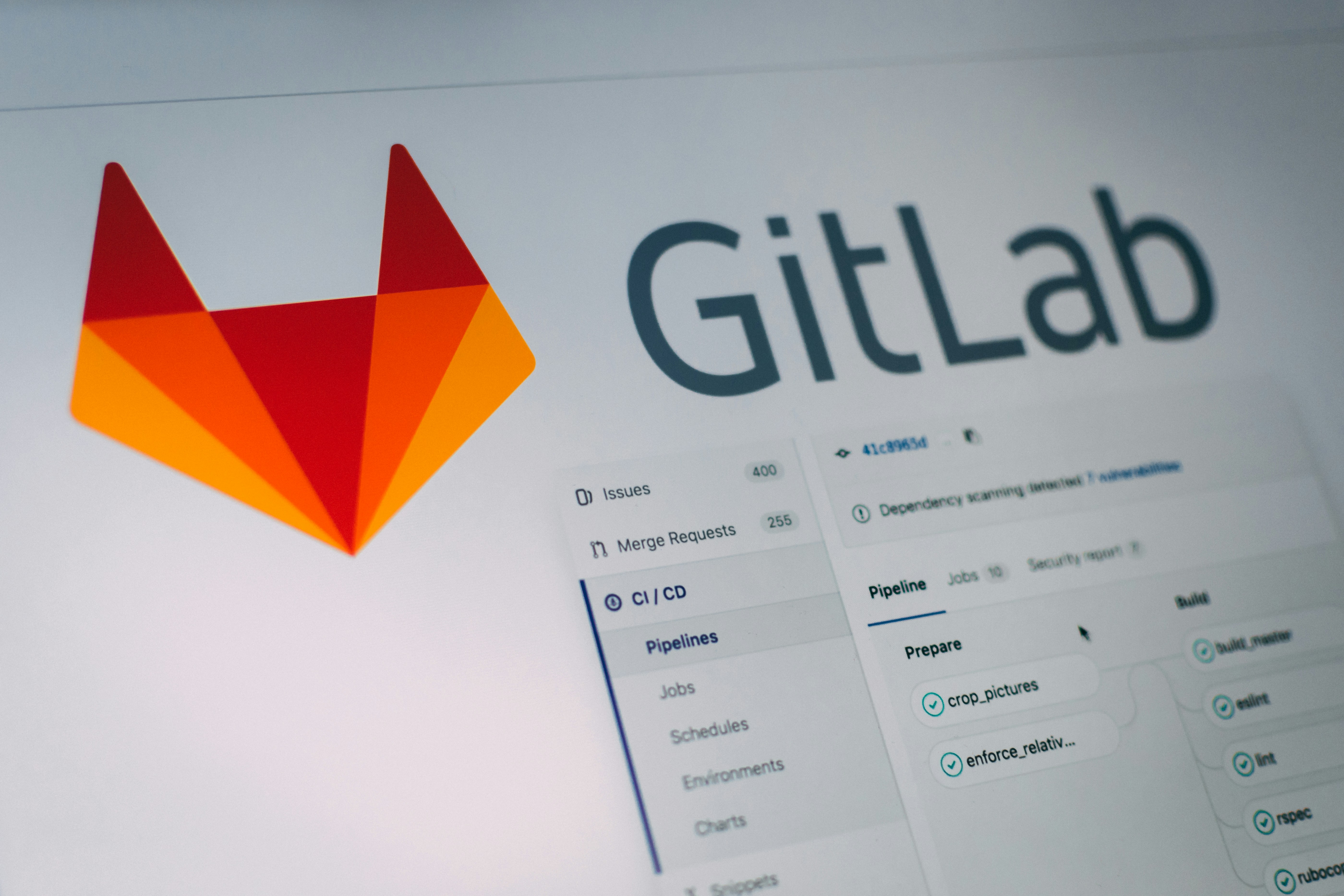
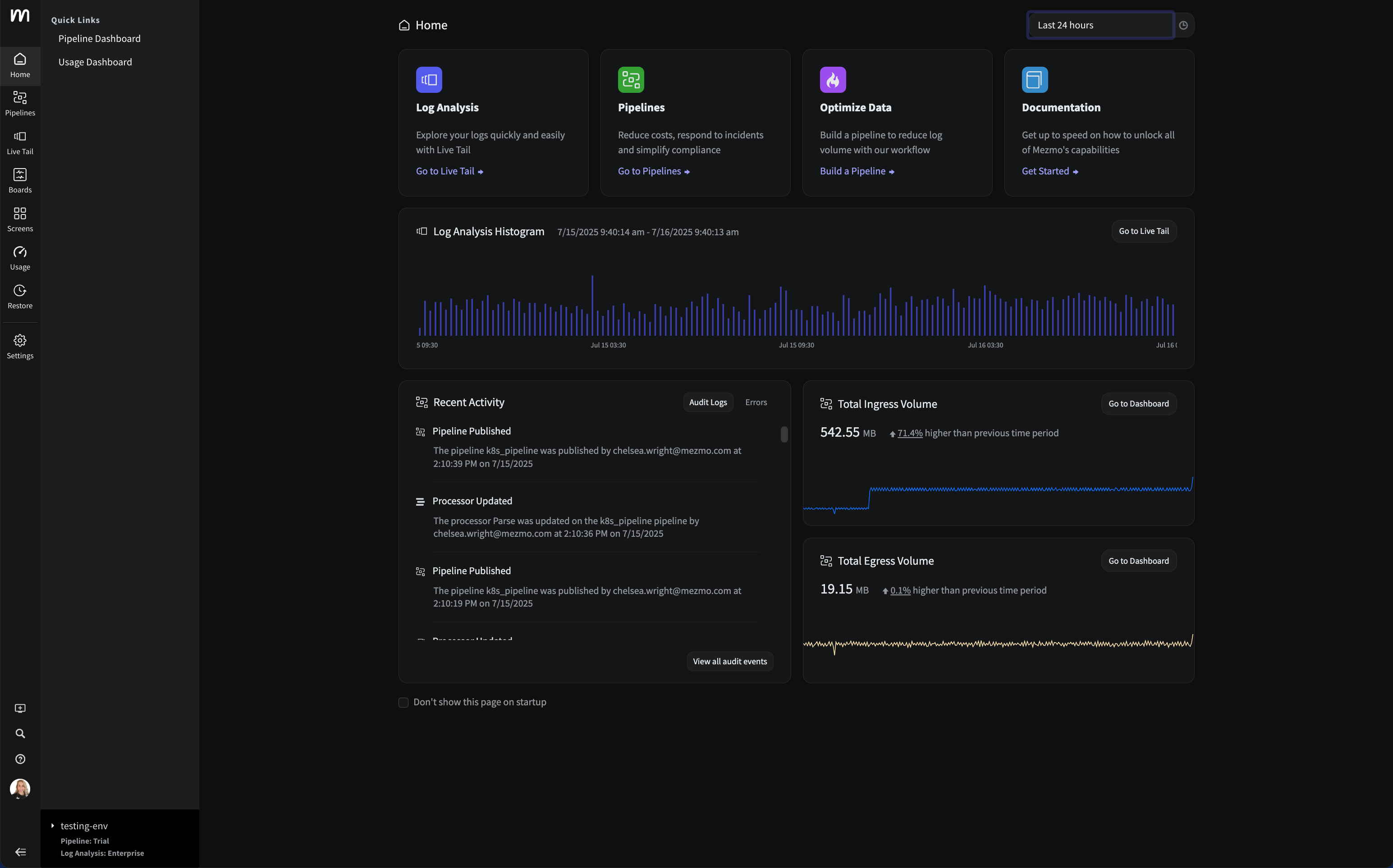


















.png)




































































